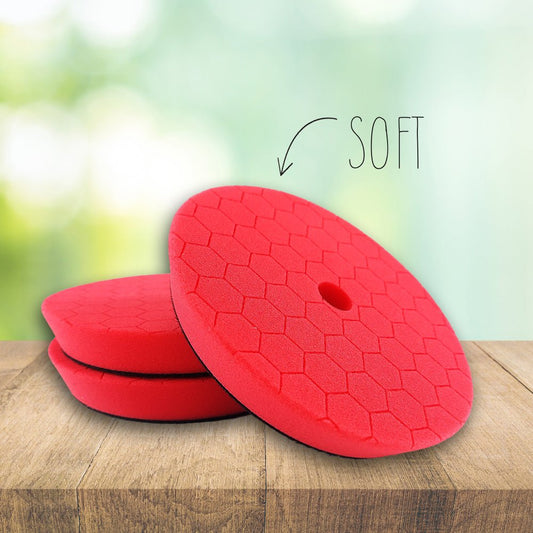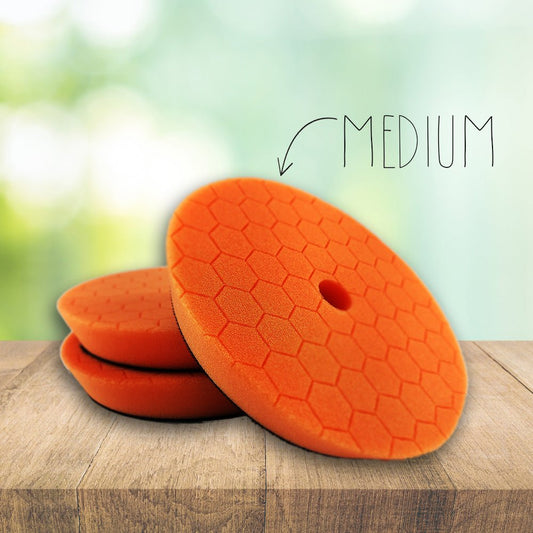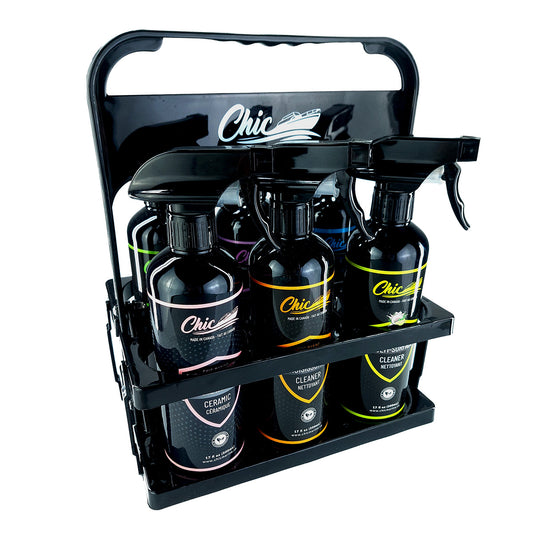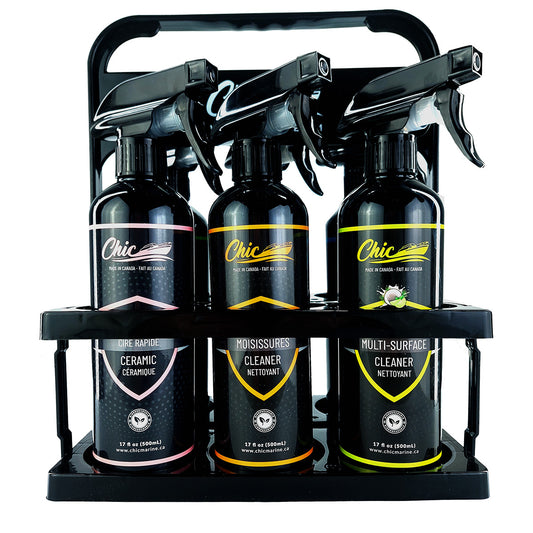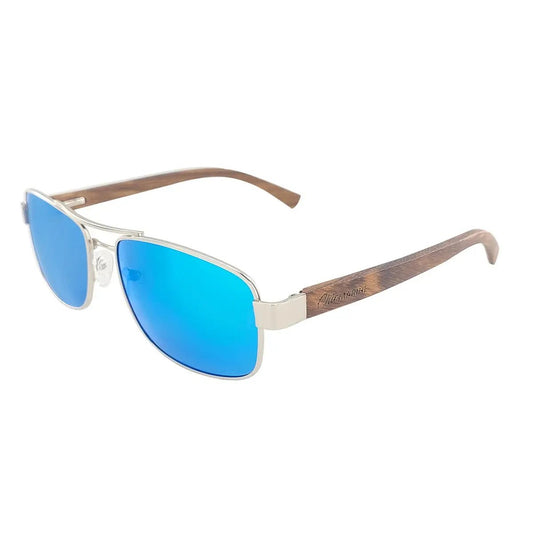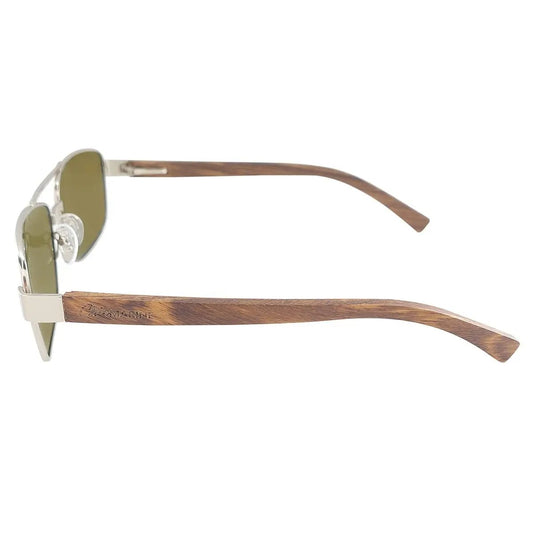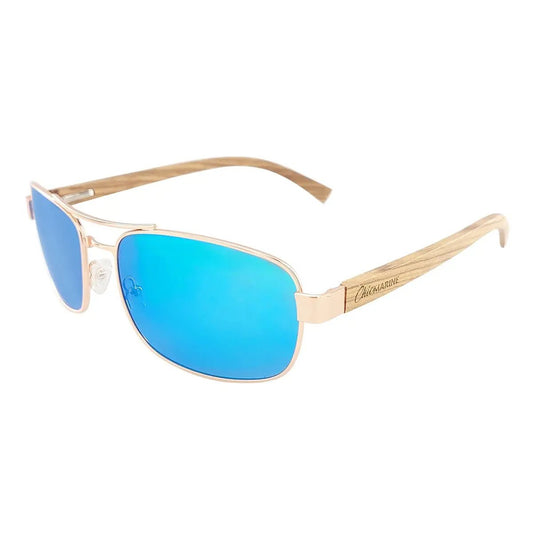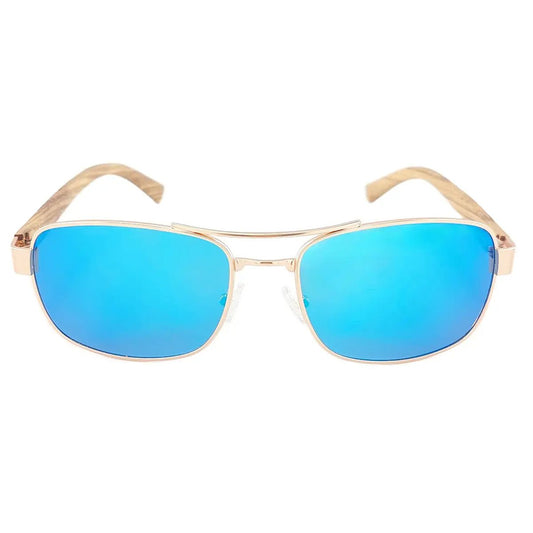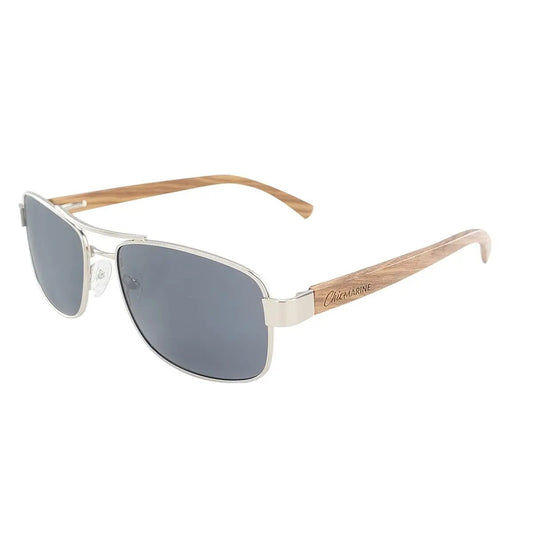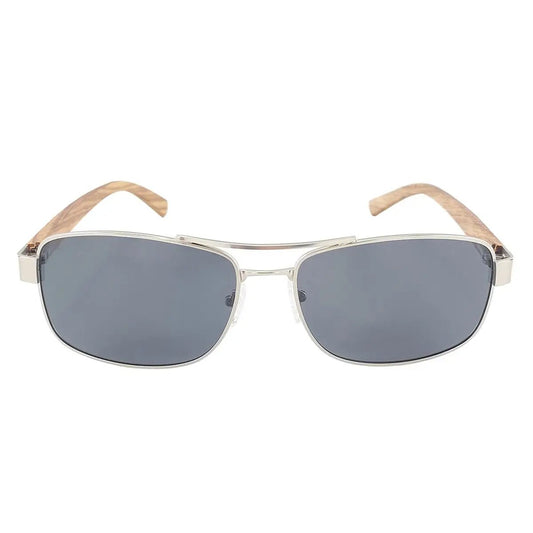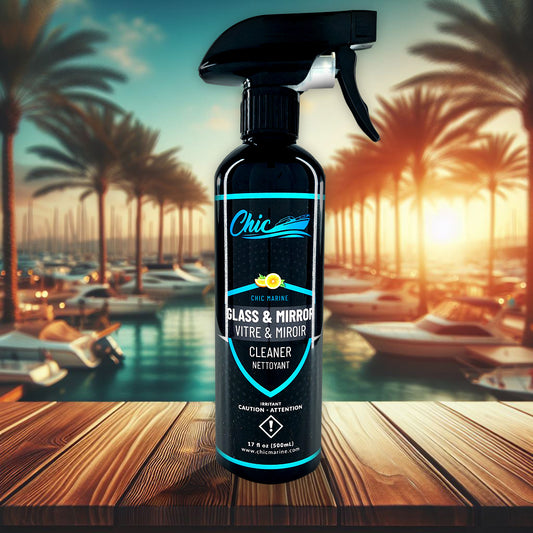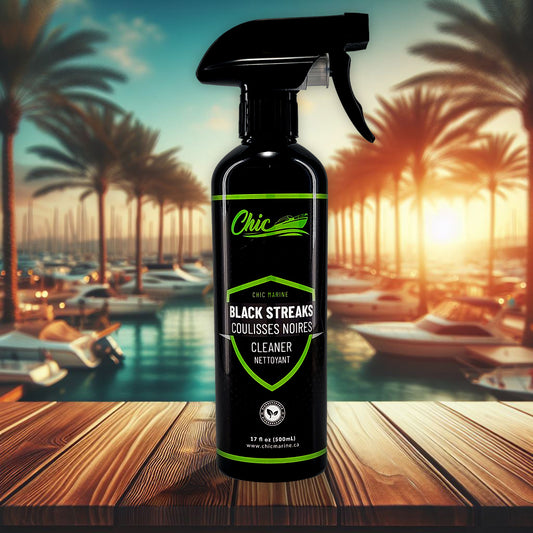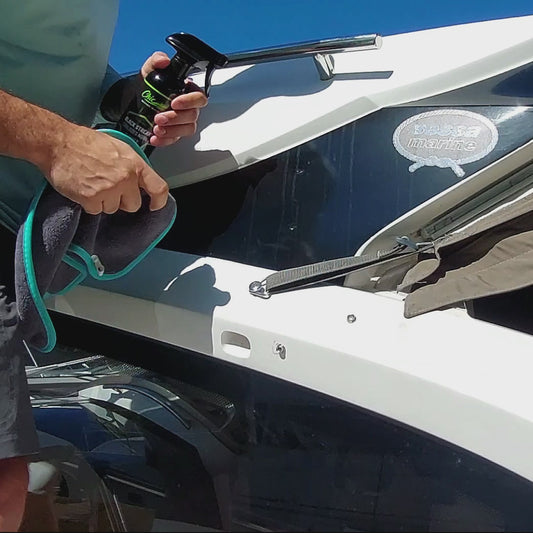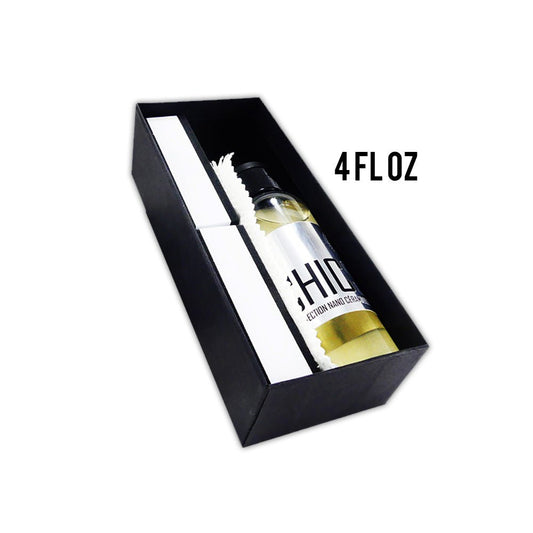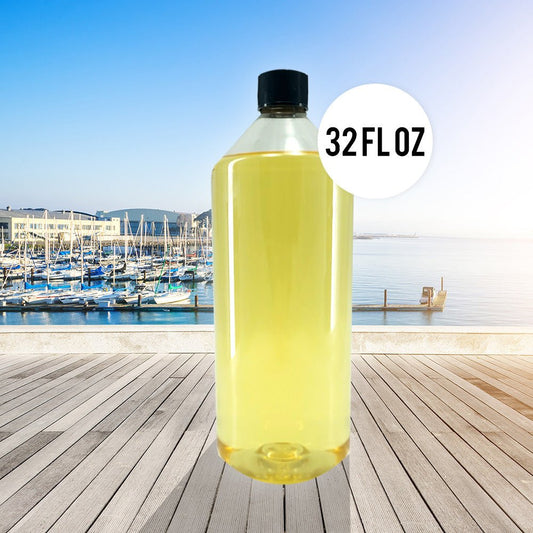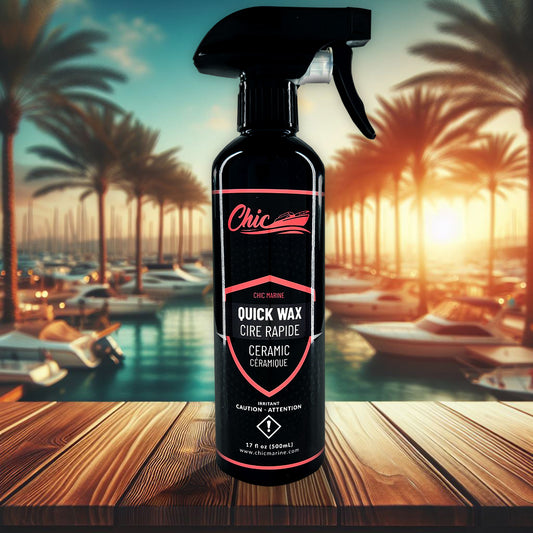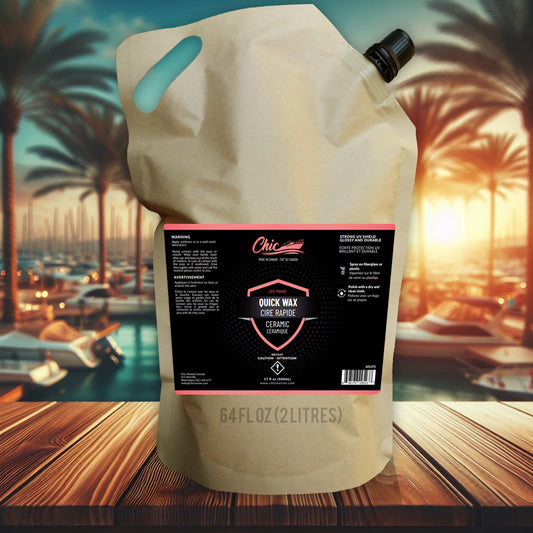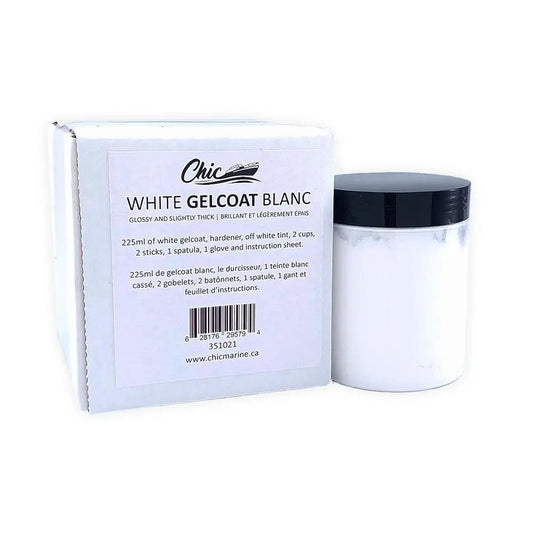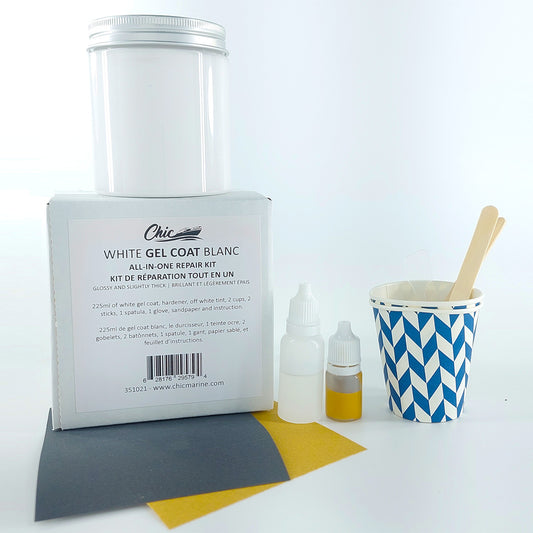Ceramic coating on boat worth it?
Boating enthusiasts often invest significant time and effort into maintaining the pristine appearance of their vessels. The harsh marine environment, with its relentless sun, saltwater, and waterborne contaminants, can take a toll on a boat's gel coat finish. To combat these challenges and keep your boat looking its best, many boaters have turned to the revolutionary technology of ceramic coatings. In this comprehensive guide, we'll explore what ceramic coatings for boats are and provide step-by-step instructions on how to apply them effectively.
What Is a Ceramic Coating for Boats?
A ceramic coating for boats is a liquid polymer that forms a strong, protective layer over the boat's gel coat surface. This layer is created by the chemical bonding of the ceramic molecules with the boat's paint or gel coat, resulting in a hydrophobic and highly durable shield. Unlike traditional waxes or sealants, ceramic coatings offer superior protection against a wide range of environmental factors, including UV rays, saltwater, acid rain, bird droppings, and more.
Advantages of Ceramic Coatings for Boats
Before delving into the application process, let's explore the key advantages of ceramic coatings for boats:
- Long-Lasting Protection: Ceramic coatings provide long-lasting protection, often lasting several years, reducing the need for frequent reapplication.
- Hydrophobic Properties: These coatings create a hydrophobic surface that repels water, preventing water spots, mineral deposits, and stains from adhering to the gel coat.
- UV Resistance: Ceramic coatings contain UV inhibitors that protect the gel coat from the sun's harmful rays, preventing fading and oxidation.
- Saltwater Resistance: They form a barrier against saltwater, which can be corrosive, helping to prevent erosion and rust.
- Enhanced Aesthetics: Ceramic coatings provide a mirror-like finish that intensifies the shine of the gel coat, enhancing the boat's visual appeal.
